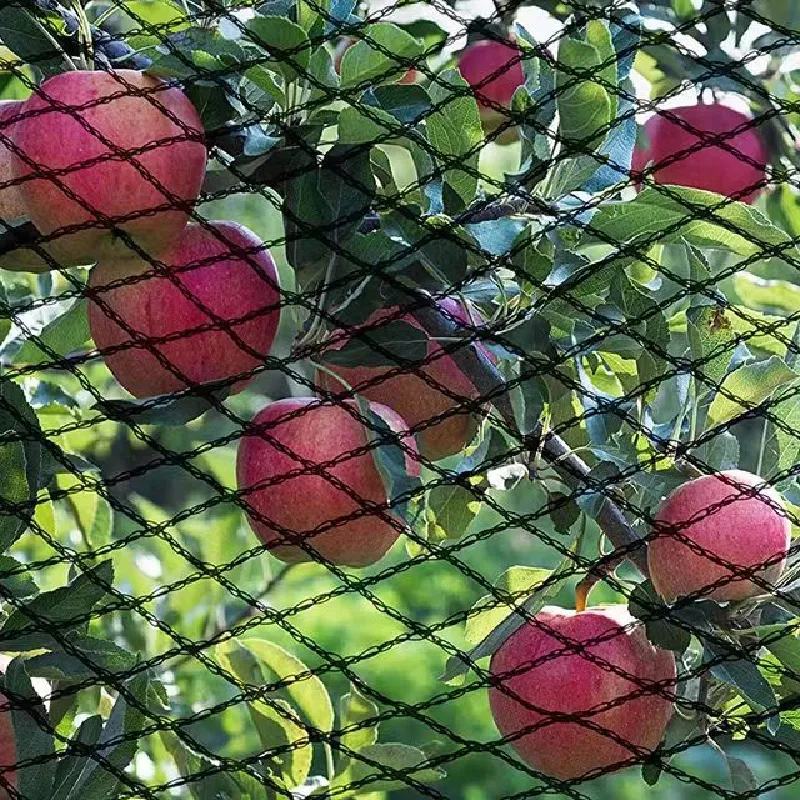-
 Afrikaans
Afrikaans -
 Albanian
Albanian -
 Amharic
Amharic -
 Arabic
Arabic -
 Armenian
Armenian -
 Azerbaijani
Azerbaijani -
 Basque
Basque -
 Belarusian
Belarusian -
 Bengali
Bengali -
 Bosnian
Bosnian -
 Bulgarian
Bulgarian -
 Catalan
Catalan -
 Cebuano
Cebuano -
 China
China -
 Corsican
Corsican -
 Croatian
Croatian -
 Czech
Czech -
 Danish
Danish -
 Dutch
Dutch -
 English
English -
 Esperanto
Esperanto -
 Estonian
Estonian -
 Finnish
Finnish -
 French
French -
 Frisian
Frisian -
 Galician
Galician -
 Georgian
Georgian -
 German
German -
 Greek
Greek -
 Gujarati
Gujarati -
 Haitian Creole
Haitian Creole -
 hausa
hausa -
 hawaiian
hawaiian -
 Hebrew
Hebrew -
 Hindi
Hindi -
 Miao
Miao -
 Hungarian
Hungarian -
 Icelandic
Icelandic -
 igbo
igbo -
 Indonesian
Indonesian -
 irish
irish -
 Italian
Italian -
 Japanese
Japanese -
 Javanese
Javanese -
 Kannada
Kannada -
 kazakh
kazakh -
 Khmer
Khmer -
 Rwandese
Rwandese -
 Korean
Korean -
 Kurdish
Kurdish -
 Kyrgyz
Kyrgyz -
 Lao
Lao -
 Latin
Latin -
 Latvian
Latvian -
 Lithuanian
Lithuanian -
 Luxembourgish
Luxembourgish -
 Macedonian
Macedonian -
 Malgashi
Malgashi -
 Malay
Malay -
 Malayalam
Malayalam -
 Maltese
Maltese -
 Maori
Maori -
 Marathi
Marathi -
 Mongolian
Mongolian -
 Myanmar
Myanmar -
 Nepali
Nepali -
 Norwegian
Norwegian -
 Norwegian
Norwegian -
 Occitan
Occitan -
 Pashto
Pashto -
 Persian
Persian -
 Polish
Polish -
 Portuguese
Portuguese -
 Punjabi
Punjabi -
 Romanian
Romanian -
 Russian
Russian -
 Samoan
Samoan -
 Scottish Gaelic
Scottish Gaelic -
 Serbian
Serbian -
 Sesotho
Sesotho -
 Shona
Shona -
 Sindhi
Sindhi -
 Sinhala
Sinhala -
 Slovak
Slovak -
 Slovenian
Slovenian -
 Somali
Somali -
 Spanish
Spanish -
 Sundanese
Sundanese -
 Swahili
Swahili -
 Swedish
Swedish -
 Tagalog
Tagalog -
 Tajik
Tajik -
 Tamil
Tamil -
 Tatar
Tatar -
 Telugu
Telugu -
 Thai
Thai -
 Turkish
Turkish -
 Turkmen
Turkmen -
 Ukrainian
Ukrainian -
 Urdu
Urdu -
 Uighur
Uighur -
 Uzbek
Uzbek -
 Vietnamese
Vietnamese -
 Welsh
Welsh -
 Bantu
Bantu -
 Yiddish
Yiddish -
 Yoruba
Yoruba -
 Zulu
Zulu
net for insects
Net for Insects A Crucial Tool for Conservation
In recent years, the alarming decline in insect populations has raised significant concerns among scientists, ecologists, and conservationists alike. Insects play a vital role in ecosystems, contributing to pollination, nutrient cycling, and serving as a food source for many animals. To combat their decline, innovative tools and methods are necessary, and one such tool is the net for insects. This simple yet effective device serves multiple purposes, aiding researchers and enthusiasts alike in their quest to understand, protect, and conserve the world's insect populations.
The net for insects, typically a lightweight mesh apparatus with a long handle, is specifically designed to capture a variety of insect species with minimal harm. This tool is essential for entomologists and biologists conducting field studies, as it allows scientists to sample insect populations in various habitats, from temperate woodlands to tropical rainforests. By capturing insects, researchers can study their diversity, abundance, and behavior, gaining insights into their ecological roles and responses to environmental changes.
One of the primary uses of the net is in biodiversity assessments. By collecting samples from different ecosystems, scientists can analyze which species are present, their population sizes, and how they interact with one another. This data is invaluable for understanding the state of local ecosystems. For example, a decline in specific pollinator species can signal broader environmental issues, such as habitat loss or pesticide use. Identifying these trends early on can inform conservation strategies and policy decisions aimed at protecting both the insects and the ecosystems they inhabit.
net for insects

In addition to research, nets for insects also play a significant role in education and community engagement. Many organizations organize workshops and citizen science initiatives that teach participants how to use nets effectively for insect surveying. These programs not only raise awareness about the importance of insects but also empower individuals to contribute to real scientific research. By involving the community in data collection, a broader understanding of local biodiversity can emerge, fostering a sense of stewardship towards the environment.
Furthermore, the use of nets provides an opportunity for outdoor recreation and exploration. Families and nature enthusiasts can enjoy the simple pleasure of catching insects, sparking curiosity about the natural world. Through engaging with insects, people of all ages can develop a greater appreciation for these often-overlooked creatures, understanding their significance and the threats they face.
However, while nets for insects are an excellent tool for study and engagement, it is crucial that users are mindful of best practices. This includes gentle handling to ensure the well-being of captured insects, proper identification techniques, and adherence to ethical guidelines for wildlife sampling. By promoting responsible use, we can maximize the benefits of these nets for both research and conservation efforts.
In conclusion, nets for insects are more than just tools for capturing bugs—they are instrumental in understanding and preserving the intricate web of life that surrounds us. By facilitating research, engaging the community, and fostering a love for nature, they help unite efforts to protect the indispensable insect populations that are vital to our ecosystems. As we confront the challenges facing these species, harnessing the potential of the net for insects is a step toward a sustainable future.
-
Shipping Plastic Bags for Every NeedNewsJul.24,2025
-
Safety Netting: Your Shield in ConstructionNewsJul.24,2025
-
Plastic Mesh Netting for Everyday UseNewsJul.24,2025
-
Nylon Netting for Every UseNewsJul.24,2025
-
Mesh Breeder Box for Fish TanksNewsJul.24,2025
-
Expanded Steel Mesh Offers Durable VersatilityNewsJul.24,2025











